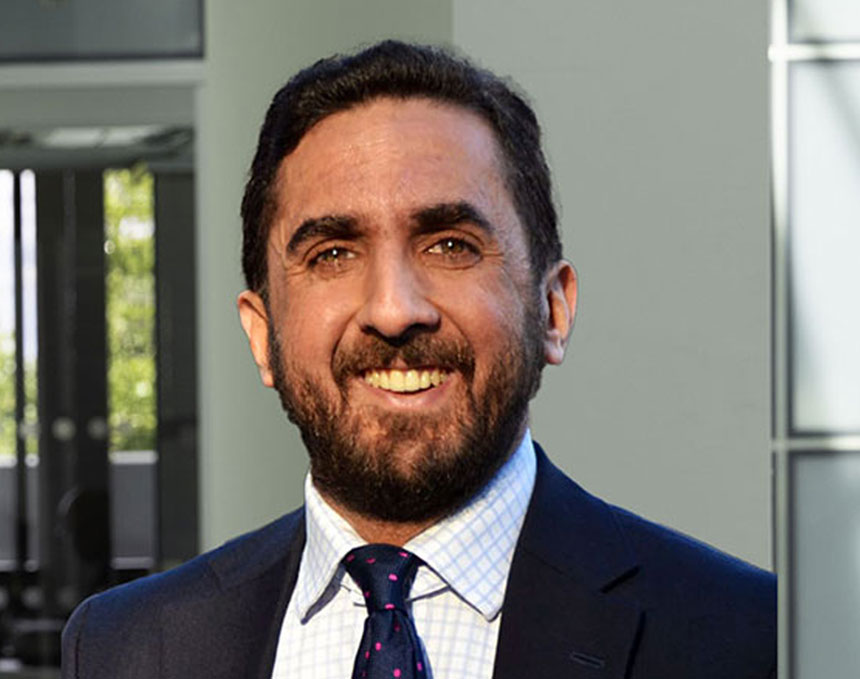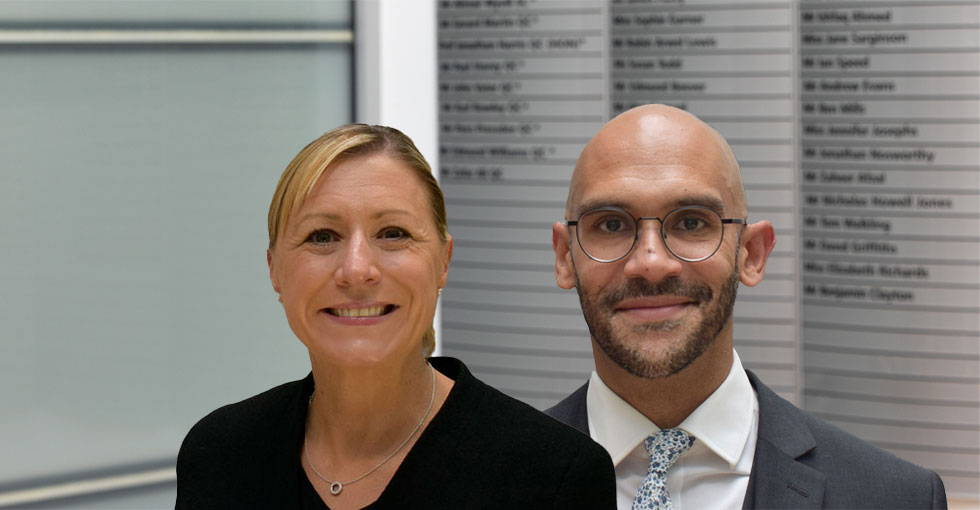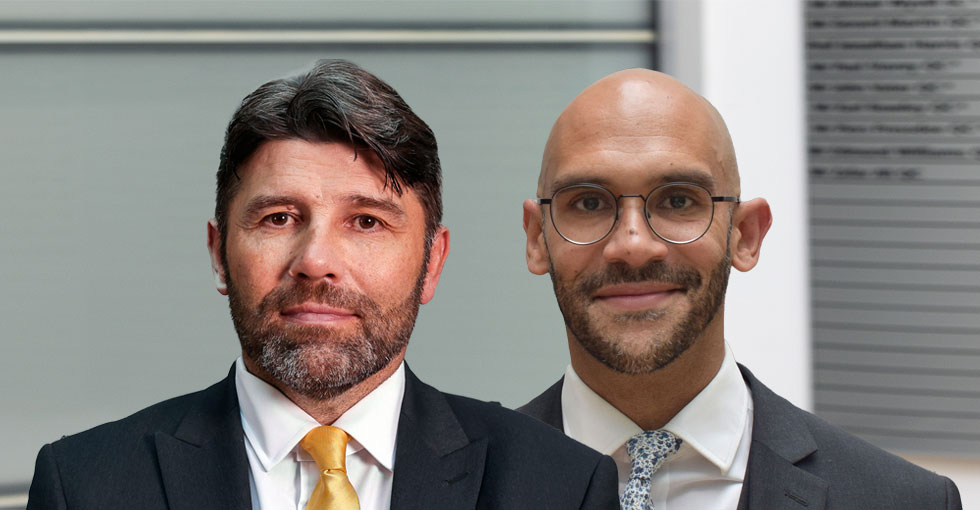In R v Andrew Turner [2020] EWCA Crim 1241 the Court of Appeal considered the issue of when a professional witness crosses the line and gives expert evidence, in the context of mobile telephone analysis. The appeal concerned a conspiracy to supply class A drugs, the prosecution relied on mobile telephone and surveillance evidence. The appellant was said to be a driving force behind the conspiracy and that various incriminating mobile telephone numbers could be attributed to him.
Routinely police officers are called upon to give expert evidence as to the nature of drugs supply, terms associated with supply, valuations of drugs and so on. Increasingly the defence is met with professional witnesses who act as mobile telephone analysts for police departments. Care should be given by those who defend as to the exact nature of the evidence given by such witnesses, are they just analysing data or do they trespass into expert evidence and provide opinions on matters they are not qualified to do so?
In this appeal, at the trial the defence accepted attribution of some relevant mobile numbers but denied others, details as to which numbers were accepted were provided to the prosecution at the outset of the trial. The analyst witness then conducted co-location analysis to demonstrate the frequency with which accepted numbers and disputed numbers were in the same or similar places at the same or similar times. She also performed correlation analysis of the location of masts used by disputed numbers compared with surveillance sightings of the appellant. A second report was prepared by the analyst within the trial, supporting the attribution of certain numbers to the defendant. The defence objected to the introduction of such evidence, an objection being that it was expert opinion evidence, by somebody who is not an expert. The trial judge allowed the evidence, on the basis that it was not expert evidence; it was merely the collection and analysis of call data, including co-location and correlation analysis.
The analyst in evidence went beyond simply presenting analysis of call data on a particular phone and the location of the relevant telephone mast/cell involved. The analyst strayed into giving evidence as to coverage of a possible mast, in relevant diagrams prepared by her she used terms such as “serving mast.” Evidence of a mast that might or did serve a particular location, eg a defendant’s home address, is giving evidence of coverage of a particular mast, and is as such expert opinion evidence. The Court of Appeal found these were terms of art in the context of cell coverage and the use of such terms was to be restricted to a mast, which had been confirmed as a mast covering a specific location such as a house by, for example, a radio frequency survey. It was conceded that her use of those terms was wrong and, if and insofar as, by using them, she had conveyed the view that she could and did confirm that the appellant’s address was certainly covered by a particular mast that was evidence she was not entitled to give.
However, in cross examination, when she was asked questions which might have required her to express an opinion about cell sites, she declined to do so – indicating that these were matters for Miss Mounsey (a radio propagation survey expert). The analyst also said in cross examination that unless it had been confirmed by someone else (such as Miss Mounsey), it could not be said that a particular mast served a particular location. The analyst made it clear in cross examination that any reference in her evidence in chief to coverage was confined to whether there was coverage or not, rather than particular masts covering particular locations. The Court of Appeal concluded that the trial judge had not erred in holding that the analyst’s evidence was not expert evidence and, insofar as she referred to “home serving masts”, the jury could not have been in any doubt about the fact that she could not give any expert evidence about coverage of a particular location.
When confronted with evidence from analysts, thought should be given as to whether the analyst simply assembles and portrays call data evidence for the purposes of supporting the attribution of a phone to a specific person. Or whether they stray further into interpretation of such analysis, or venture into areas such as mast coverage. Clues to look for are terms used by an analyst such as ‘serving mast’, ‘home mast’, ‘covering mast’.
Rajinder Gill, Barrister










